The 30 most violent movies ever made, from Braindead to Battle Royale
Learn all about the wonders of human anatomy with these giddy gore-fests and bloody blockbusters
Irreversible (2002)
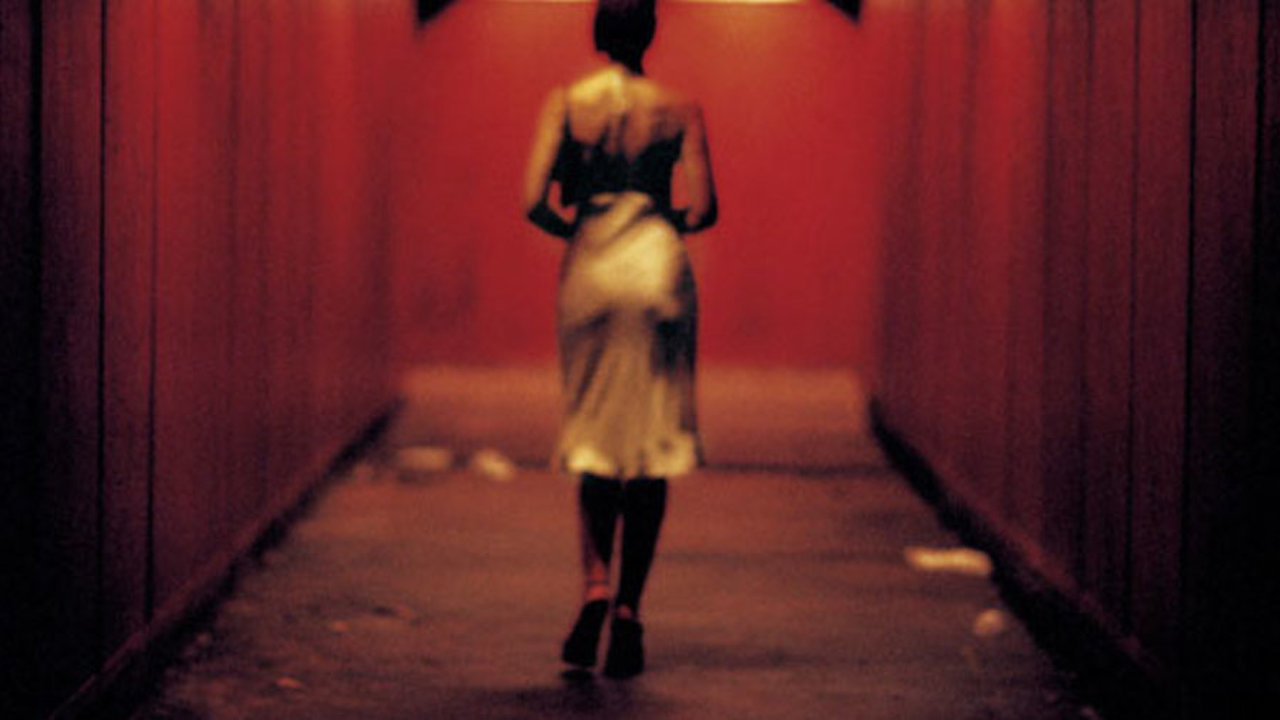
The violence: That opening scene is a nightmare, but it’s nothing compared to the film’s infamous rape scene. Monica Bellucci’s character is threatened, then beaten and finally assaulted for what feels like an age. In crushing, unrelenting detail.
The reaction: Gaspar Noe’s film caused outrage among viewers when it opened at the Cannes Film Festival. In general, critics were divided, some admiring its bravery, others condemning its apparently adolescent approach to sinister material.
Battle Royale (2000)
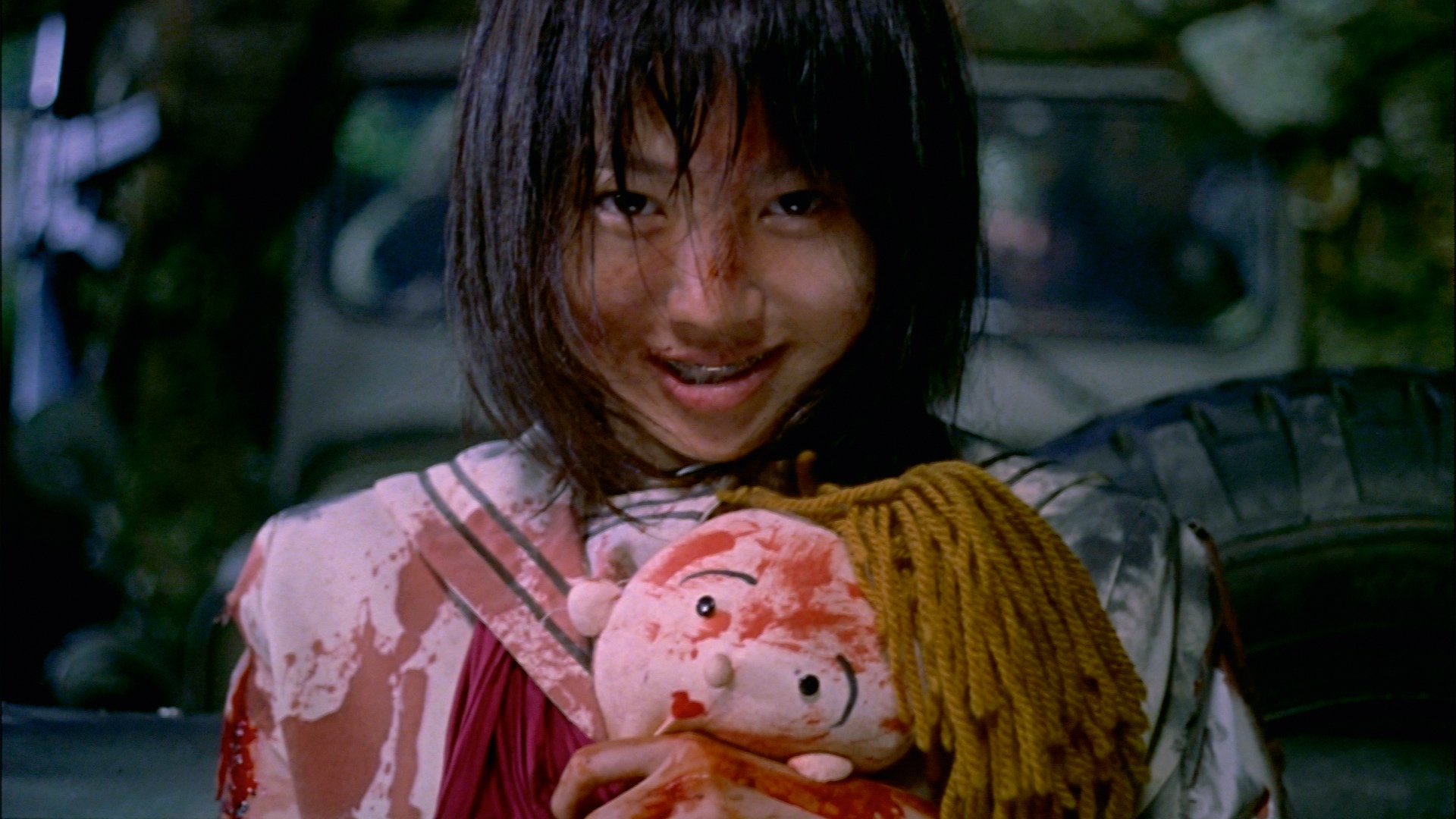
The violence: Unlike the similarly themed Hunger Games, the violence is up there for everybody to see in Battle Royale. As if the incendiary collars around the students’ necks – and many killings via a great many different weapons – weren’t enough, some turn to suicide in a gory escape. Most affecting is the death of Sugimura at the hands of his crush Kotohiki. High school sucks.
The reaction: Japanese parliament labelled the film crude and tasteless, and opened up a forum for debate about violence in the media. Politicians used the film as a scapegoat for troublesome youths, which is ironic, given that the scapegoating of Japanese youth themselves is what the film is actually about. Otherwise, Battle Royale is hailed as a salient, sobering social commentary.
Henry: Portrait Of A Serial Killer (1986)
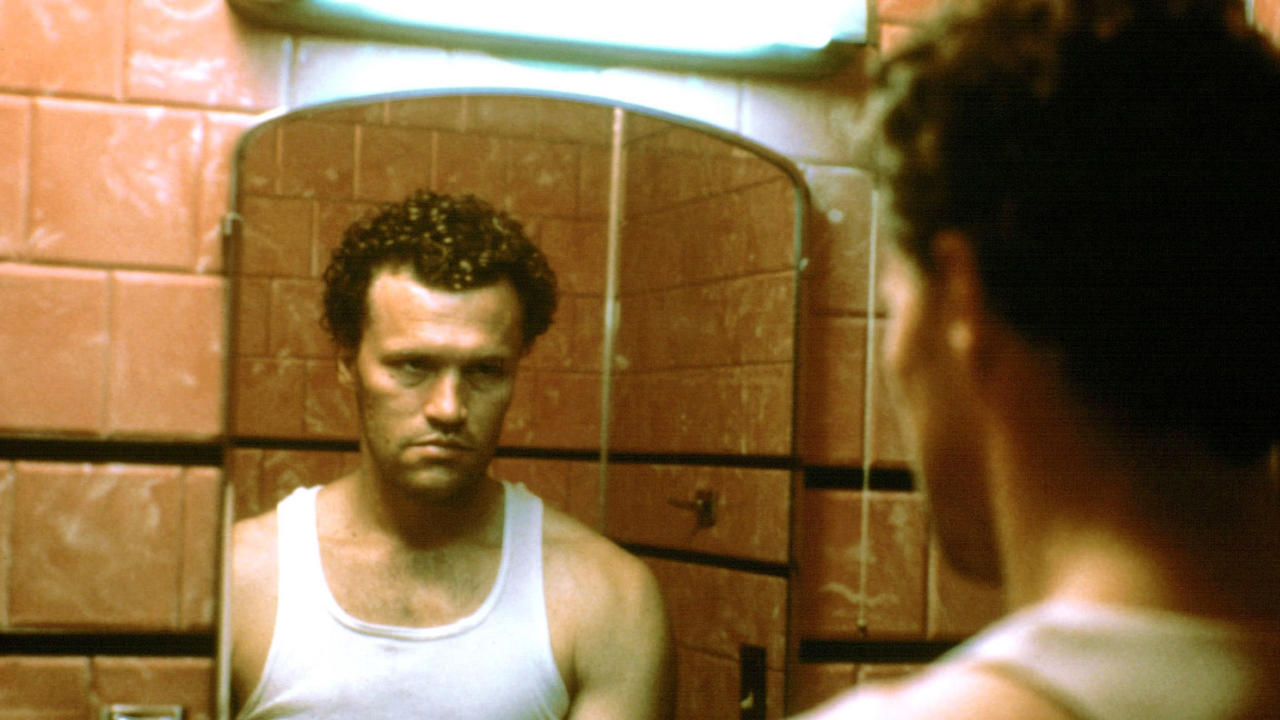
The violence: The very first shot of the film sets the tone, as a dead woman lies naked in a field. From there on in, it's all screaming, sweaty deeds filmed in a gritty handheld fashion that only serves to deepen the disturbing nature of the film.
The reaction: Certification disagreements between the filmmakers and MPAA meant that Henry’s release was delayed for four whole years after the cameras stopped rolling, before the film finally saw an unrated release in 1990. Things were equally complicated with the BBFC. It wasn't until 2003 that the film received an uncut DVD pass. In the long-run, though, none of that matters when your film's got an 88% fresh rating on Rotten Tomatoes. Considered a low budget tour de force, many critics now celebrate the film as the antithesis of slashers - here, the violence is unrelentingly realistic and full of weight.
The Expendables (2010)
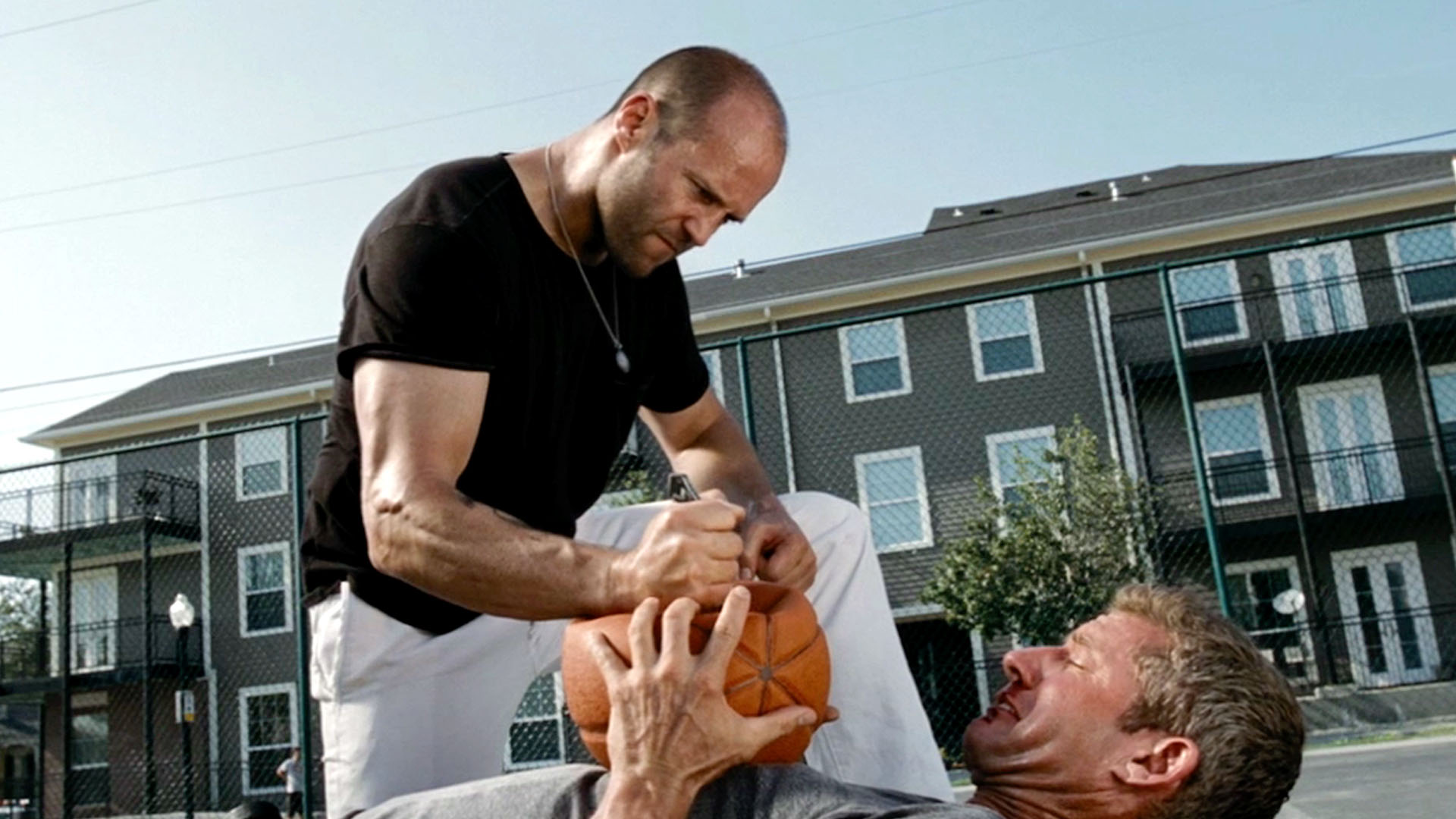
The violence: Abuse of various sorts evident here, from Lacy getting her face busted in by her boyfriend, to Christmas' basketball court rampage of revenge. And that's just the tip of the iceberg. Things only really kick into gear when the (many) bombastic shoot-outs begin, at which point it’s like the ‘80s never ended. You have never seen so many squibs die for such noble purpose.
Sign up for the Total Film Newsletter
Bringing all the latest movie news, features, and reviews to your inbox
The reaction: The reviews weren't exactly filled with high-brow praise, some calling it "the brain-dead male equivalent of Sex And The City 2", while others celebrated the film's camp '80s action thrills. You can't argue with the numbers, though. Made on a budget of $80m, The Expendables grabbed back a whopping $274m in box office returns. Also, it’s really, really fun.
Kill List (2011)
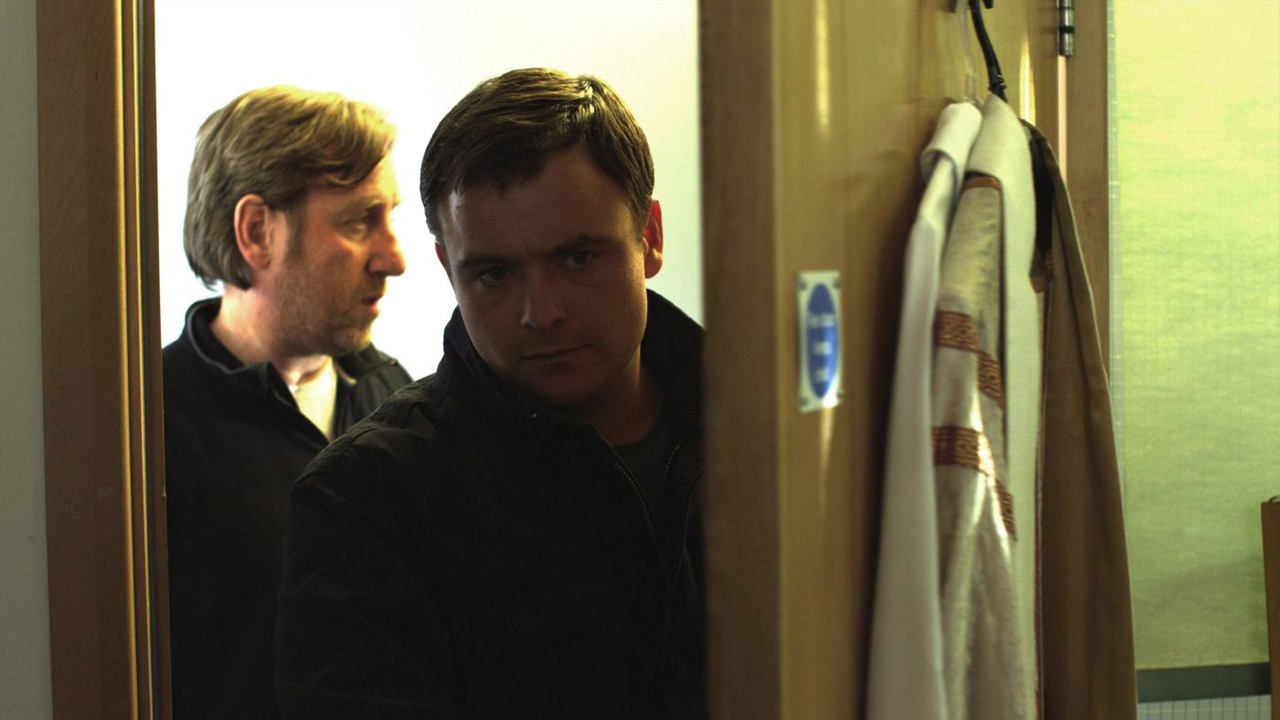
The violence: "I wanted to make the violence as realistic as possible" said director Ben Wheatley of the art house film that put him on the map of British cinema back in 2012. He wasn't kidding. When the bloodshed comes, its thick and fast, with one scene involving a claw hammer that leaves one particularly put off by tomato soup for the next few days.
The reaction: Critics loved it, and it remains high up in the rankings of many a publications' various 'best' lists to this day. Since Kill List, Wheatley has gone on to produce equally disturbing (but not quite as bloody) works like Sightseers, High Rise, and Free Fire.
Braindead (1992)
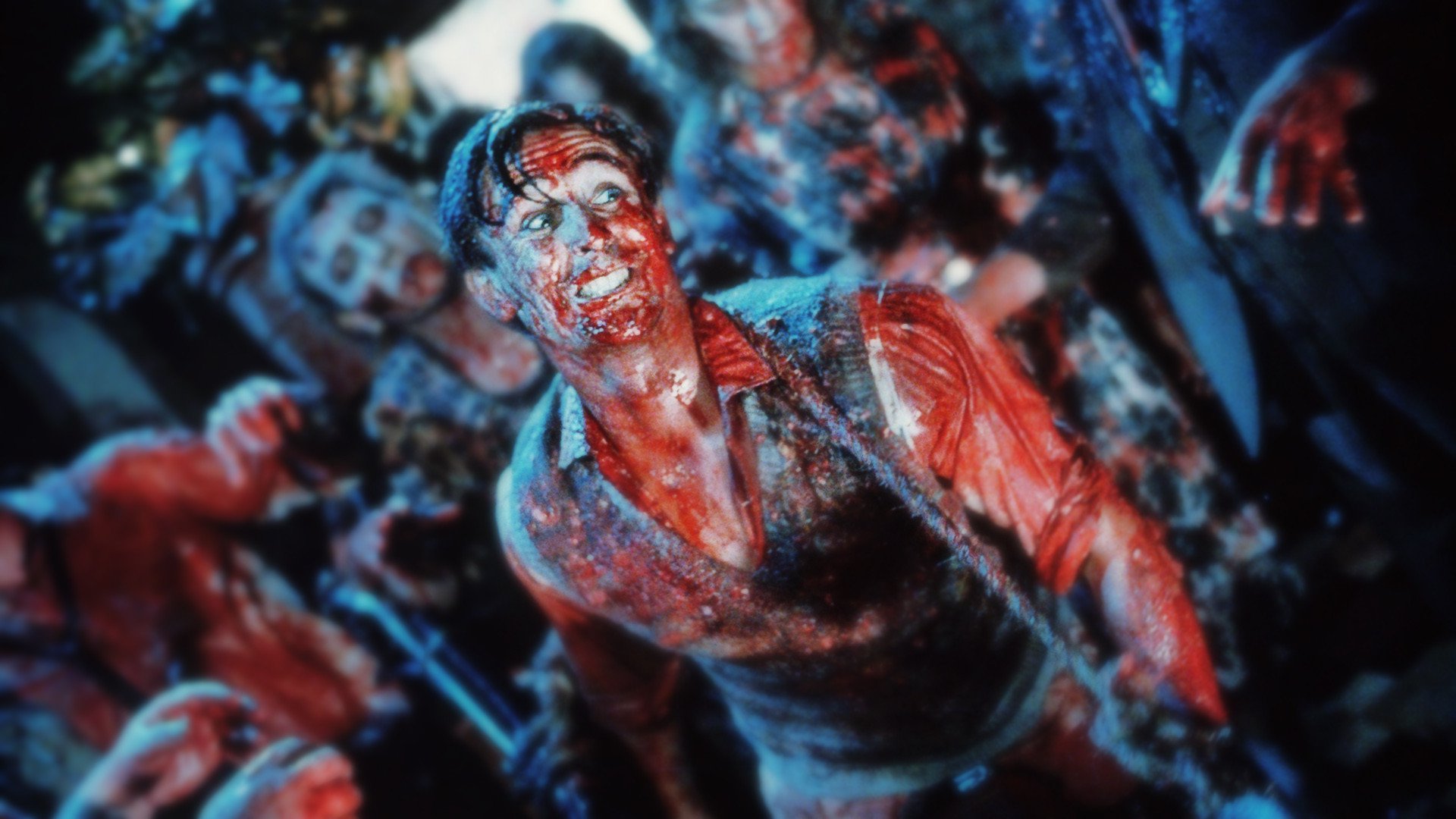
The violence: You don't get a reputation as one of the goriest films ever made for no reason. Squelchier than a baby's nappy and redder than the Chinese flag, Braindead is packed full of deliriously OTT violence. Fancy seeing a baby wielding a lawnmower to deadly ends? You got it. How about zombies that just refuse to stay dead, whatever punishment they take? Oh yes...
The reaction: The US took the most offence to Peter Jackson's early, punishingly gory caper, reducing the original running time of 104 minutes to a paltry 85, removing almost all of the messiest scenes in the process. Then there was the weird case of the lawsuit filed by one Mr. Bradley, who was unhappy that Jackson filmed his family crypt for the movie. Twenty years later however, all of that is forgotten, and Braindead is celebrated for what it is – a giddy and hilarious splatter comedy that's as outrageous as it is brilliant.
Oldboy (2003)
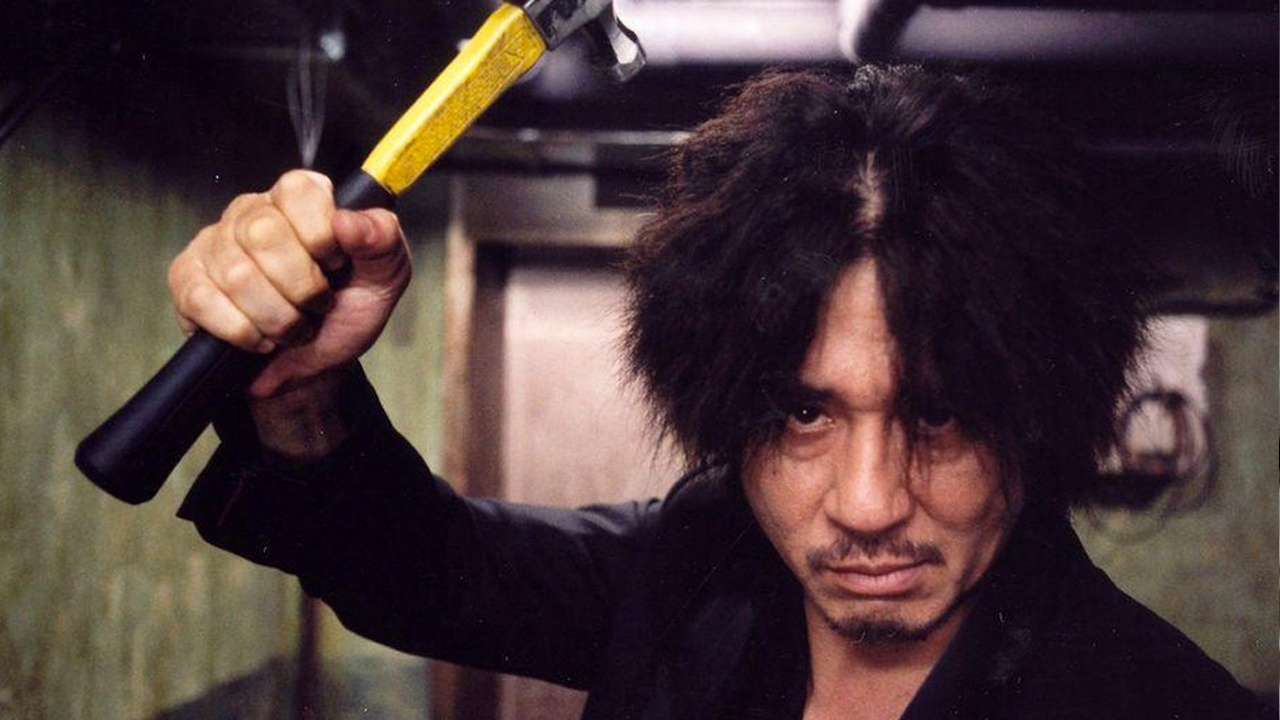
The violence: Both emotional and physical violence take precedence here, Dae-Su's torment extending beyond the tangible. The film's final, devastating twist leads to some shocking self-inflicted injury, and then there's the small matter of torture, that jaw-dropping corridor fight (replete with hammer), and the chowing down of live cephalopods…
The reaction: Considering the film's extreme, controversial content, it's surprising its release didn't foster more controversy. Instead, it was rapidly – and rightly - accepted as a modern cult classic, both brutal and intoxicating. Just er, make sure you watch the Korean original rather than the awful American remake.
Haute Tension / Switchblade Romance (2003)
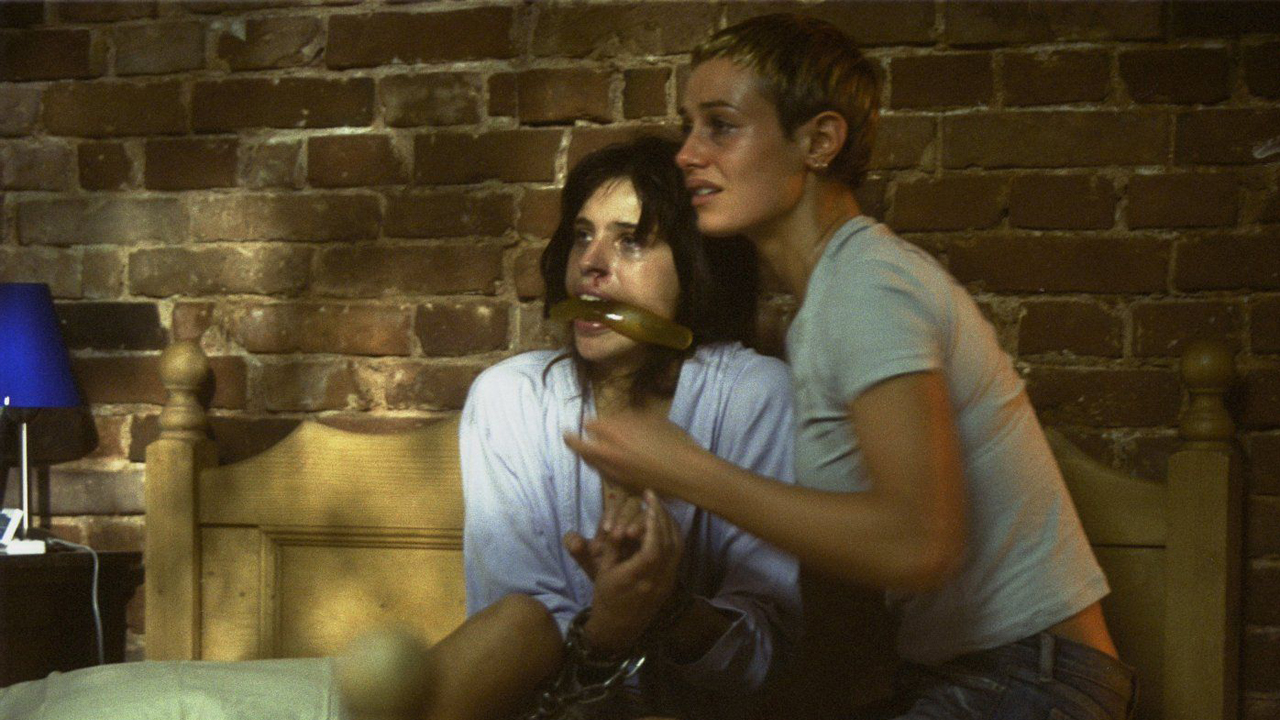
The violence: Alexandre Aja’s horror feature debut does not, for a second, mess about. A deliciously punchy, punk-ass slasher film, its pace is matched only by its invention. Gory axe murders abound, but the real highlight involves a head, a banister rail, and a wardrobe. Not all of those elements remain intact. It’s a bloody film, but rather a giddy one as well.
The reaction: Two minutes of film were cut in the US in order to escape the NC-17 rating, with considerable amounts of gore removed to nab the desired R. As such, you should make sure to watch the uncut, subtitled, 91-minute DVD edit, because A) the gore is kind of the point, and B) just don’t watch the dubbed version, okay?
Shogun’s Sadism (1976)
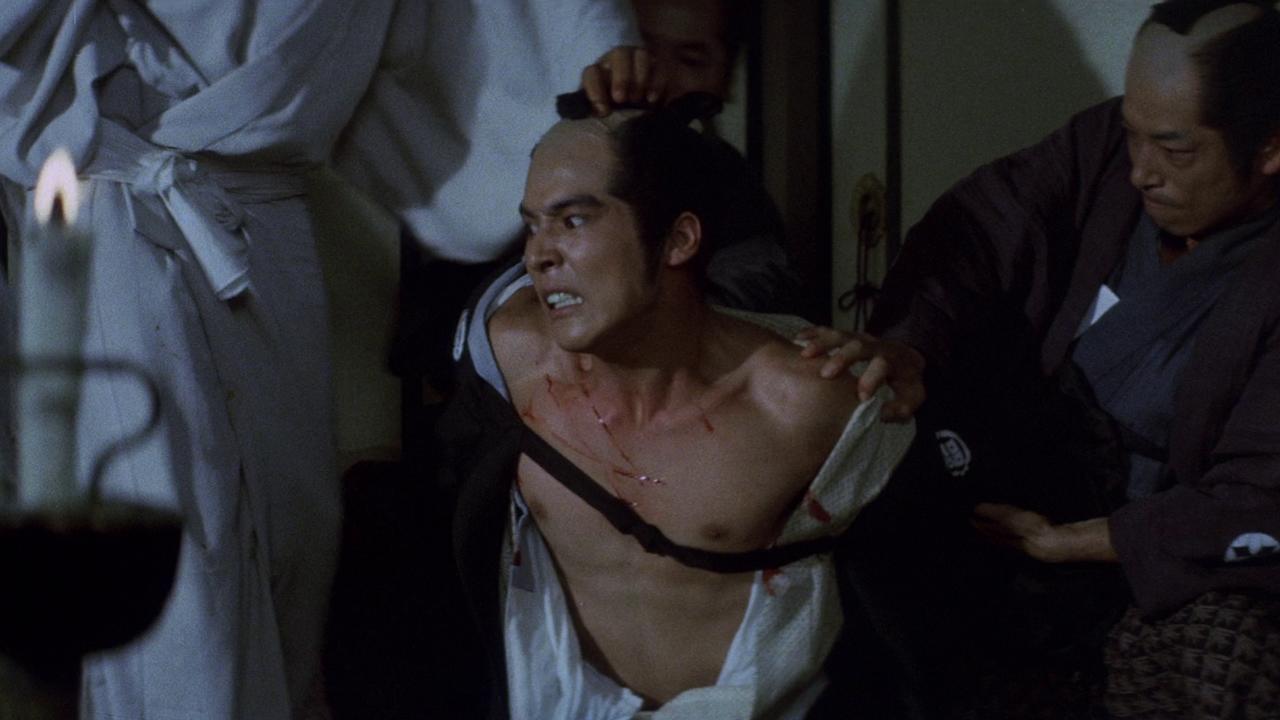
The violence: So in the first of this splatter anthology’s two stories, a girl gets kidnapped, enslaved, and is variously beaten, raped, and tortured in the foulest ways possible. We’re talking foul as in ‘dumped in vats of snakes and ripped apart by oxen’. And that’s the first part.
The reaction: The film was basically made in order to sate the Japanese thirst for torture-related movies in the ‘60s and ‘70s – Eli Roth did not invent this stuff – and is a significant work in the Ero guro nansensu (Erotic grotesque nonsense) genre. After the success of Teruo Ishii’s eight, loosely related Joy of Torture films, director Yuji Makiguchi was commissioned to make Shogun.
Antichrist (2009)
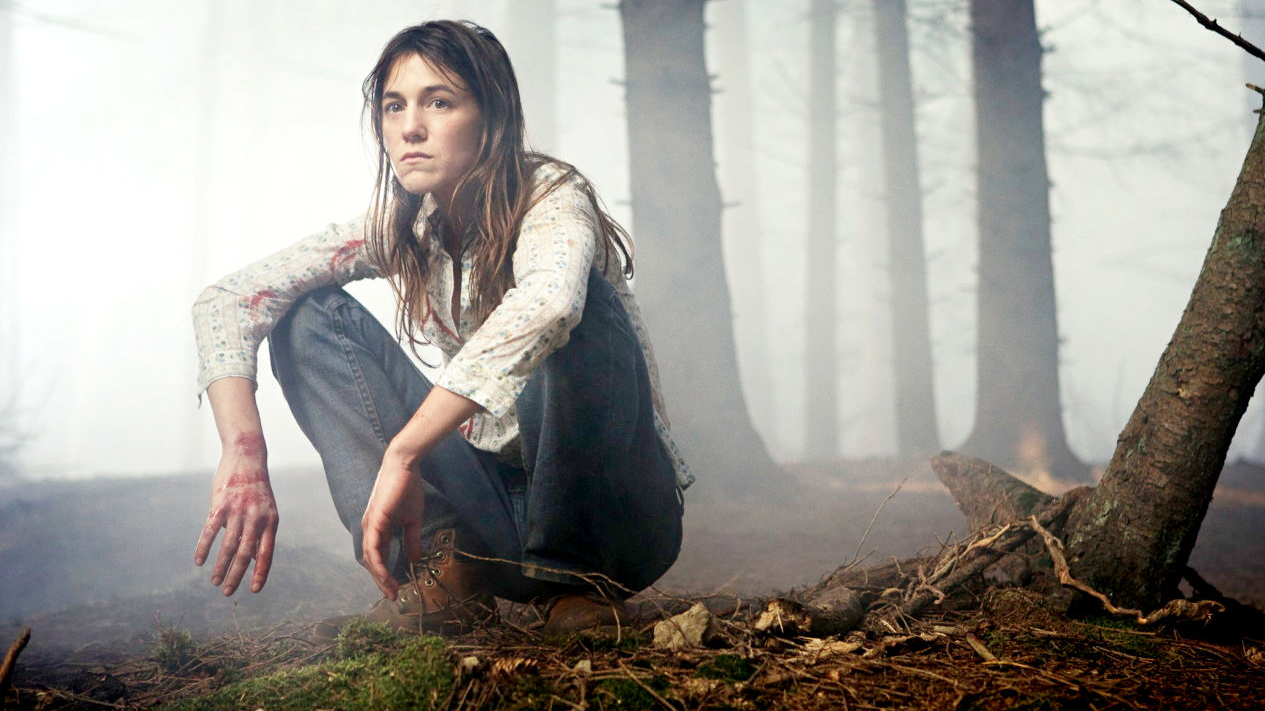
The violence: Genital mutilation, self-eating animals, and sexist, sexualised violence are abound in Lars Von Trier's controversial art house, as Willem Dafoe and Charlotte Gainsbourg commit all sorts of atrocities against each other in the woods of Western Europe.
The reaction: Polarized, to say the least. There were walkouts at screenings, national protests, critical op-eds claiming it either to be a work of genius or two hours of soul-crushing depravity. It won awards and received national bans in equal measure, making it one of the most divisive films of our age.
I'm GamesRadar's Features Writer, which makes me responsible for gracing the internet with as many of my words as possible, including reviews, previews, interviews, and more. Lucky internet!



